Studies that started with a certain direction and ended up in completely different places
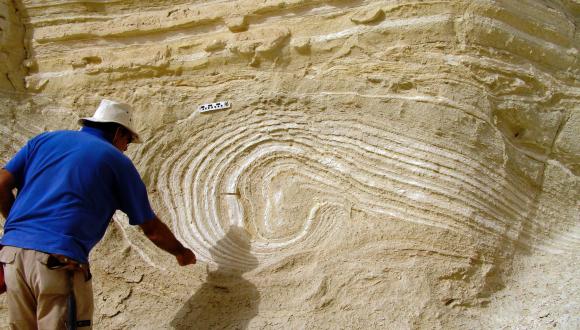
We are always told that the path is just as important as the goal. This is true for many areas of life, and especially for those involved in research. Flexibility, curiosity and attention to the small details can lead to the discovery of treasures that we never set out to look for. Our researchers tell about studies that took a turn, thanks to happy surprises in the field and in the laboratories.
Look in the jar
An archeological excavation expedition discovered that sometimes, just like in the well-known proverb, it is worth looking into the jar. "During one of the excavation expeditions in Megiddo, we took down the partitions separating the excavation squares, and found a complete pottery vessel filled with dirt," says Naama Waltzer, a doctoral student in the Department of Archeology and Ancient Near Eastern Cultures At Tel Aviv University.
"We packed it up and intended to send it to a laboratory to test molecular remains, to find out what they kept inside this pottery, which dates back to around 1100 BC." The tool remained in the office and after some time it became clear that the preservation in this area of the excavation was not good enough. Therefore, the team decided to empty it of the dirt, in a controlled manner of course, and poured its contents on the table. "We didn't expect to find what was waiting for us there: a treasure of precious jewelry, which is considered one of the richest hoards from the biblical period found in Israel!"
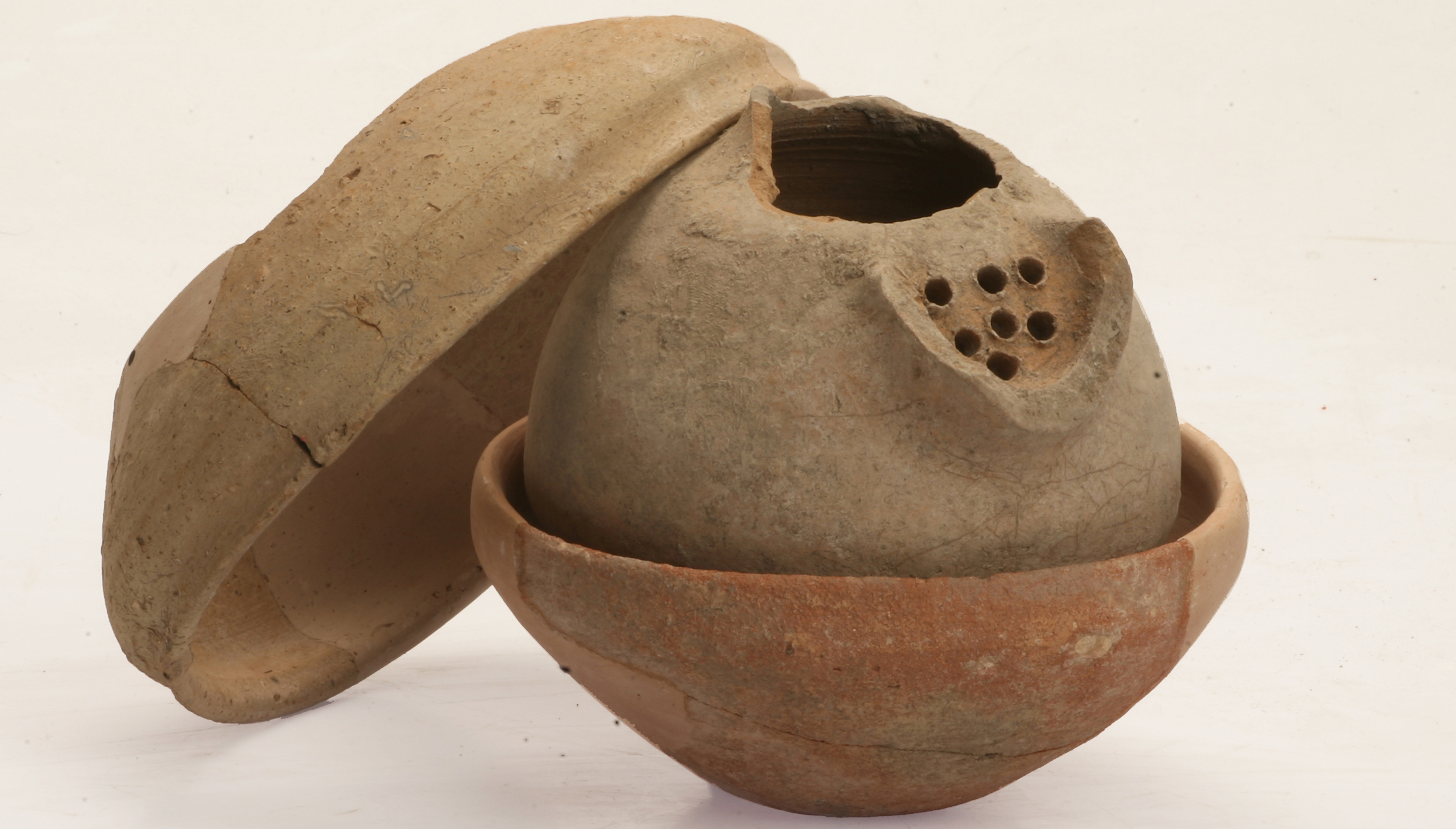
Among other things, nine large earrings and a signet ring with an engraving of a gold fish, over a thousand small gold beads, beads and silver jewelry were found in the cache. "This is how we found the great treasure of Area H, which is on display today in the permanent display of the Israel Museum in Jerusalem," Waltzer concludes.

The longest record in the lowest place
Quiet water penetrates deep, very deep, and can even cause a real earthquake: "I was looking for places where I could sample a rock that sank in a quiet environment on the bottom of the Dead Sea lake," recalls Prof. Shmulik Marko, head Porter School of Environment and Earth Sciences.
"The goal was to measure the magnetic properties of the rock, in order to reproduce the changes that occurred in the Earth's magnetic field in the past. This information is essential for understanding the behavior of the field, which is one of the most important mysteries in geology. Researchers still do not have a satisfactory explanation for the mechanism that causes changes in the magnetic field, such as surprising reversals or constant changes in the position of the magnetic poles. While sampling the rocks, which looked orderly as if nothing had ever disturbed their peace, I found layers that looked messy. The research took an unexpected turn, and after I found evidence that the "mess" was caused by earthquakes - it became the main topic of the research."
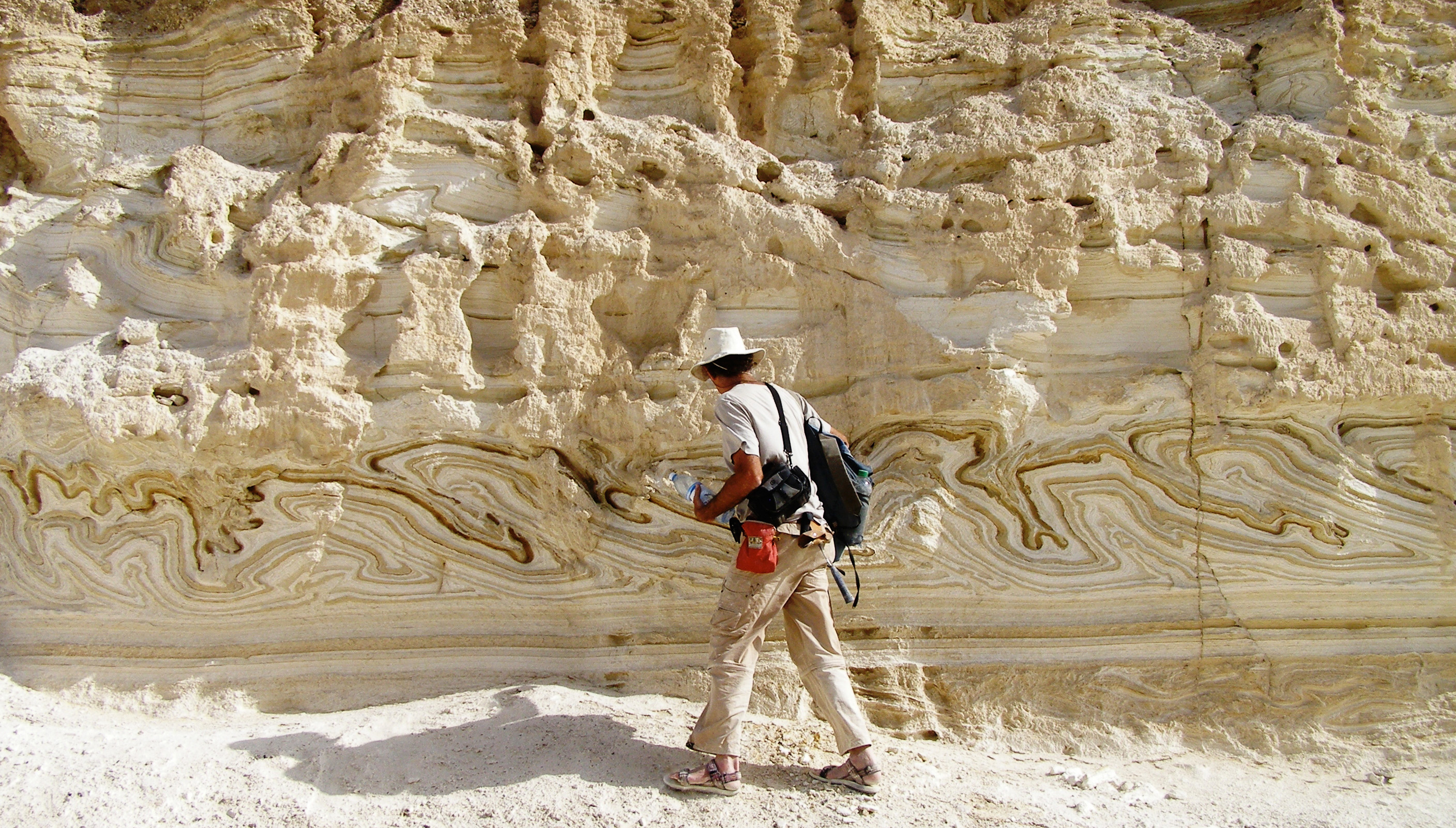
Because modern seismographs have only been around for about a century, that's too short a time to record enough strong earthquakes in a certain area, so it's impossible to know how the area behaves over long periods of time. Here in Israel, for example, there is documentation starting from the time of the Bible (about 3,000 years), and this is still considered little. "But now we have a record of the earthquakes that happened around the Dead Sea in the last 220 years, which is considered a world record, since there is no other such long and continuous record anywhere in the world," Prof. Marko concludes.
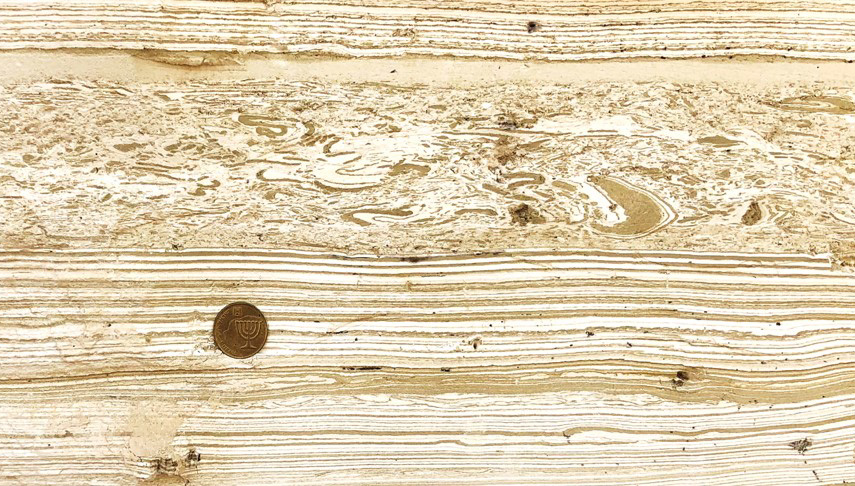
Enlightenment from an unexpected place
Towards the end of post-doctoral studies at Yale University, Dr. Ines Zucker decided From the Ivy and Alder Fleishman Faculty of Engineering To guide an undergraduate student in a short and promising research, whose hypothesis was based on previous results.
But as we all know, only one thing is certain, and everything else is subject to change: "The aim of the study was to show a difference in damage to liposomes (a kind of microscopic spheres built from a space surrounded by a membrane and filled with a fluorescent liquid, which are currently used as an important tool both in academic research of biological membranes and in medicine), on by a nanomaterial called MnO2, which is produced in different structures," explains Dr. Zucker.
"In the past, we showed the leakage of a fluorescent substance (that is, damage to the integrity of the liposome), as a function of the surface properties of nanomaterials, and this time we wanted to show it as a function of the structure. But... for researching its own laws - we were unable to identify any such harm. Just before the research was shelved, we took the system to a fluorescent microscope, where we saw to our surprise that the liposomes and the nanomaterial were interacting in a way that was not observed before in this context: the liposomes wrap the nanomaterial, but remain as intact spheres without leakage! It was indeed a great and enlightening miracle in the literal sense of the word."
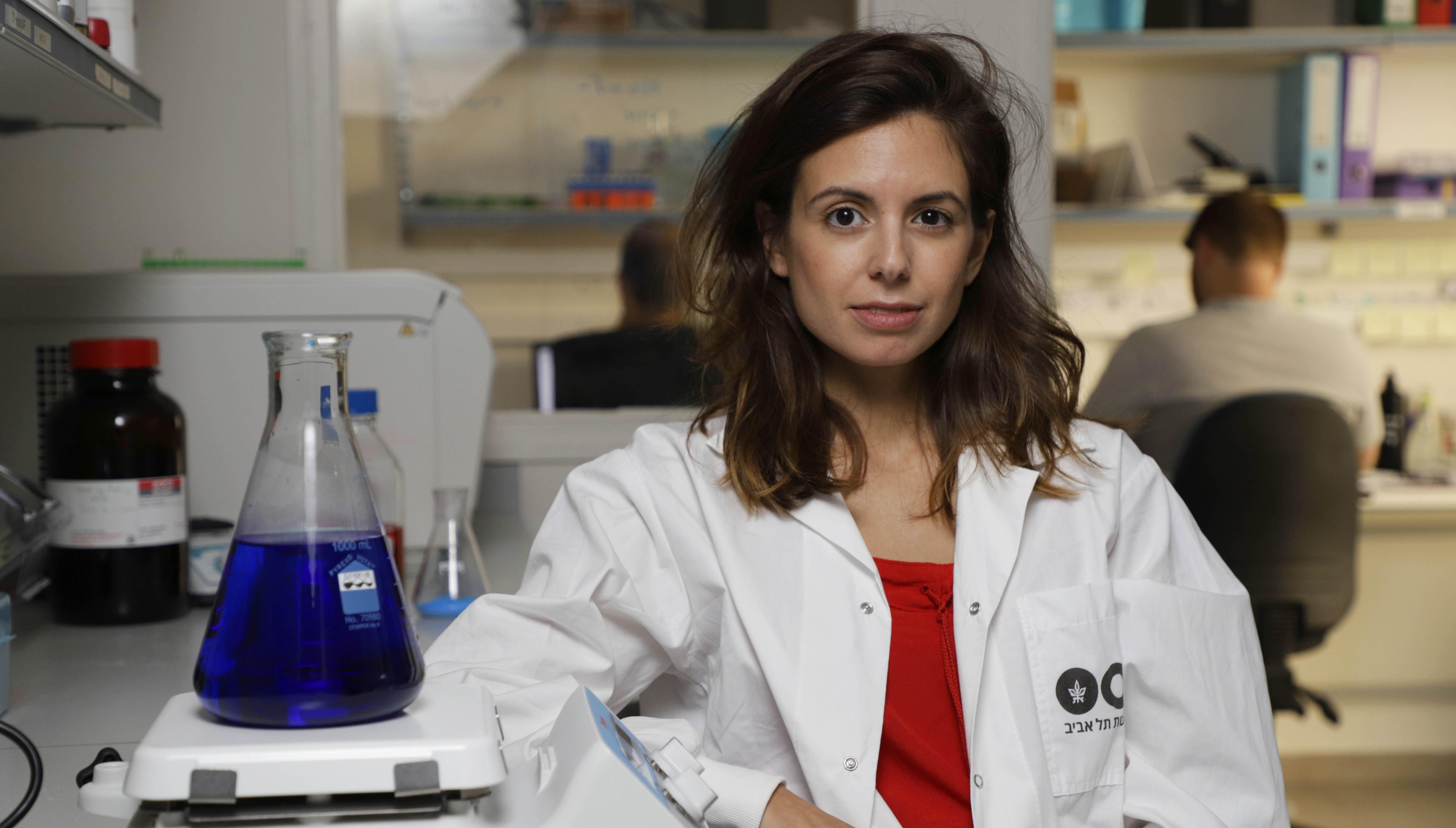
Hello Spaceboy
Another routine evening of surveying space with a robotic telescope by Dr. Yair Hakabi from the Department of Astrophysics at the Faculty of Exact Sciences by Raymond and Burley Sackler, led to the observation of a phenomenon that had never been seen before: a star that had come back to life.
"A few years ago we came across a 'star that didn't want to die', and it kept exploding over and over again," Hakavi says. "Every night the telescope would find a lot of new things, most of them not interesting. Also regarding this supernova (which is a star that exploded) we thought at first that it was not interesting, because when the survey first caught it it was in the fading phase and we thought that was it, we missed the interesting part. But after a few weeks we noticed that the supernova started to brighten again, which is something that shouldn't happen, so we became interested and followed the supernova with additional telescopes."

"Usually, in the explosion of a star, the intensity of the light rises and falls and disappears after a few months. In this case the light intensity went up and down, then did it again. A total of five times over two years. What surprised us even more is that we discovered that this star actually exploded already in 1954, and after a star explodes it should not explode again, because there should not be any more stars after the explosion. To this day, no one can explain what exactly happened there, and since then we have not seen a similar event."
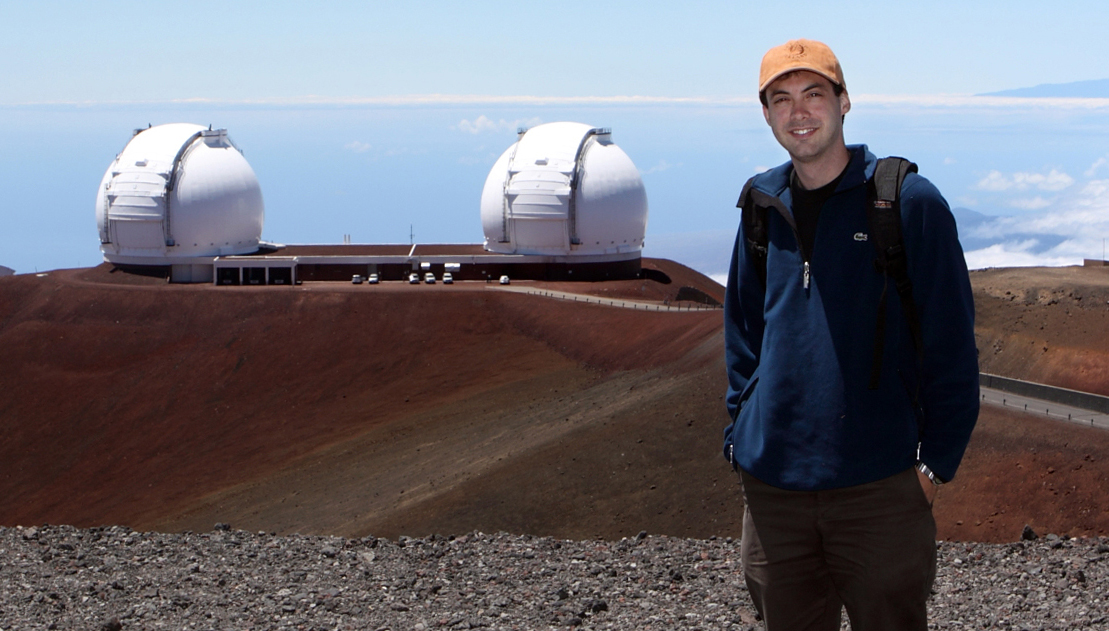
No fighting, there is room for everyone
Has it ever happened to you that you were looking for a solution to a problem, and along the way you found an answer to another, completely different question? This is exactly what happened to Prof. Noam Shomron from the Sackler School of Medicine.
"We wanted to solve the identification of one disease, we saw more along the way, so we put them as another target for research," he says. "We followed thousands of pregnant women, in order to characterize molecules in the blood that can be early markers of preeclampsia, which may only appear among pregnant women, starting from the 20th week onwards. Not only did we find them, but we also managed to characterize in a way molecules that can indicate gestational diabetes" (there is no connection between the two diseases, apart from the fact that they occur during pregnancy).
"What is exciting about this whole story is that today there is still no way to detect diseases that only break out in the second or third trimester with a simple blood test in the first trimester of pregnancy, but our discovery will make it possible to develop simple tests of this type for both diseases, in order to take preventive measures already in the early stages and ensure peace The mother and the fetus".
More of the topic in Hayadan:

3 תגובות
The well-known proverb is "-don't- look at the jar, but at what's in it".
The meaning of the proverb is that one should not attach importance and delve into the body of the vessel, but rather the content it holds.
Wonderful article, serendipity - such a lost and so important concept. Thanks
Speaking of serendipity in science, it is worth mentioning Aaron Kantrovitch's wonderful article on blind creativity
https://lib.cet.ac.il/pages/item.asp?item=9765